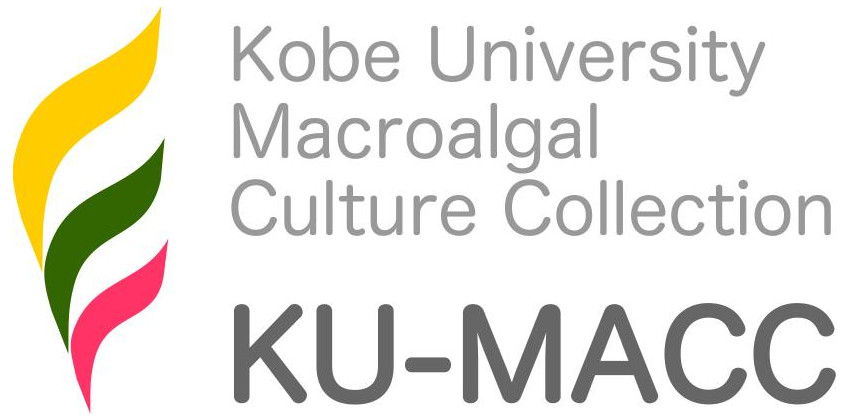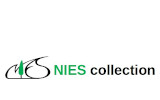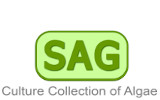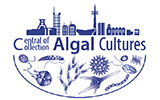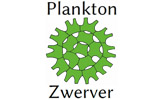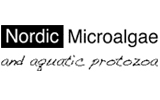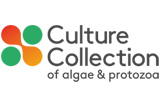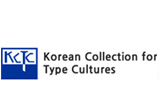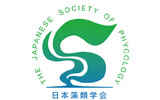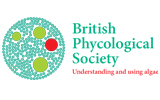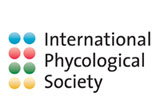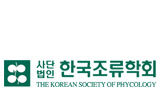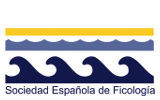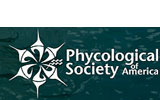Gymnodinium biciliatum Ohno 1911
Publication Details
Gymnodinium biciliatum Ohno 1911: 91, pl. I
Published in: Ohno, N. (1911). Beobachtungen an einer Süsswasser Peridinee. Journal of the College of Science, Imperial University of Tokyo 32: 77-92, 1 pl..
Type Species
The type species (lectotype) of the genus Gymnodinium is Gymnodinium fuscum (Ehrenberg) F.Stein.
Status of Name
The taxonomic or nomenclatural status (or both) of this entity is in some way unresolved and requires further investigation.
General Environment
This is a freshwater species.
Created: 23 October 2009 by Meadhbh Moriarty.
Last updated: 31 August 2020
Verification of Data
Users are responsible for verifying the accuracy of information before use, as noted on the website Content page.
Nomenclatural note
Moestrup & Calado (2018: 471-472) note: "Epi- and hypocone of almost the same length. Cingulum barely descending. With two longitudinal flagella. Cell length 21-25 µm, width 15-21 µm. Cysts often with spines. In spring near Tokyo, Japan. Cells positively phototactic. No information was provided about cell contents, but water containing large numbers of cells was described to be reddish-brown. Sexual reproduction was not known in dinoflagellates at the time of Ohno's description, and he was therefore unaware that the cells he described and illustrated were planozygotes, formed by fusion of motile gametes. Such planozygotes have now been observed in many species of dinoflagellates. Some of the zygotes found by him, e. g. his fig. 21, appear to belong to the Tovelliaceae, as similar cysts are known to occur in Tovellia and Opisthoaulax. However, cyst-formation observed by Ohno resulted in cysts without spines and the spiny cysts he describes may therefore belong to different species. Bicudo & Skvortsov (1970), in material from Brazil, found cells that they identified as Gymnodinium biciliatum and having a single longitudinal flagellum. The cell illustrated (Bicudo & Skvortsov 1970, fig. 1) has few characters in common with the Japanese material. It is very uncertain which species Ohno was describing, and we consider this taxon as unidentifiable." - (31 August 2020) - M.D. Guiry
Linking to this page: https://www.algaebase.org/search/species/detail/?species_id=135825
Citing AlgaeBase
Cite this record as:
M.D. Guiry in Guiry, M.D. & Guiry, G.M. 31 August 2020. AlgaeBase. World-wide electronic publication, National University of Ireland, Galway. https://www.algaebase.org; searched on 21 July 2025
 Request PDF
Request PDF